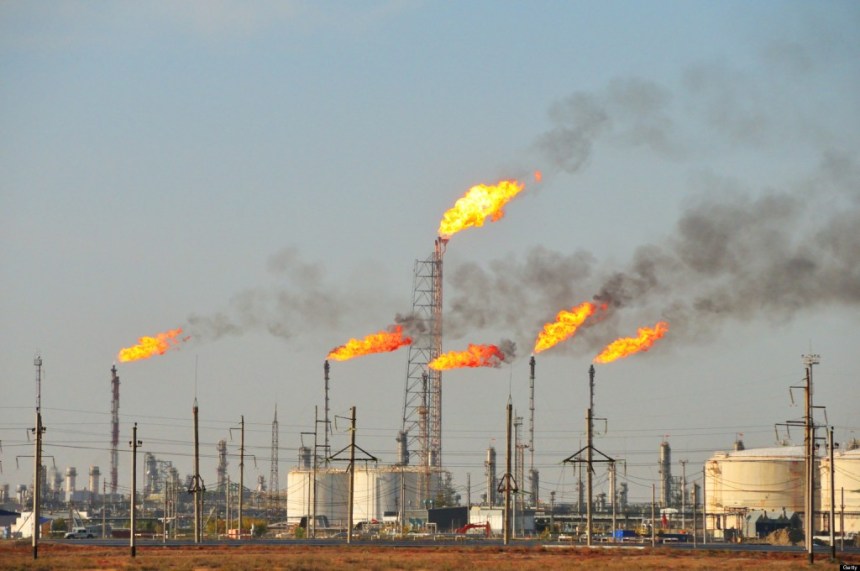GlobalData, a leading data, and analytics company, says global economic growth would be driven by Asia in 2018 just as it categorised Nigeria as one of the high inflationary economies globally.
In an analysis of 40 major economies classified by inflation and GDP growth over the last five years (2013-17), GlobalData categorizes each country by ‘low’, ‘moderate’ and ‘high’ GDP growth rate during 2013-17 together with identifying ‘high inflationary economies’, stating that Nigeria has faced high inflation over the last five years, which held back GDP performance significantly.
Other high inflationary economies noted by GlobalData include Egypt, Iran, and Argentina.
The analytics firm, however, sees more of high growth economies in Asia, which would account for more than half of the world’s GDP growth in 2018.
The high growth economies include Indonesia, India, Malaysia, The Philippines, China, Turkey, and Ireland. It said increased domestic consumption and expenditure combined with increased trade with the rest of the world would drive this
Category, adding that China’s growth is forecast to slow down marginally in 2018.
‘‘We anticipate that the Indian economy will achieve over 7 percent growth in 2018. This follows a number of key government interventions to drive the economy which includes digitalization and the relaxation of their foreign direct investment (FDI) policy for key sectors such as construction & real estate (which allows 100 percent FDI without any government approval).
“Single brand retail, under which goods are sold to individual customers under the same brand also benefits from the FDI policy move (now allowed 100% FDI without any government approval as compared to 49% earlier) and increasing public pensions and wages, which will inevitably drive spending,’’ Ramnivas Mundada, economic research analyst at GlobalData, commented,
GlobalData sees Turkey’s continued growth being helped by their export market recovery along with stronger commodity prices on key exports like iron and steel, gold, jewelry, etc., is expected to sustain through 2018.
Ireland has the fastest growth rate of all global economies driven by increased investment in the construction sector, strong employment growth and robust consumer spending.
European, North American and Middle Eastern economies are seen broadly experiencing only moderate economic growth in 2018, and that the rise in household consumption and expenditure and increased job creation will continue to drive economic growth in North American countries.
“Macroeconomic indicators like low unemployment and increased economic activity remain positive in developed European nations especially in Germany and the Netherlands. Asian economies such as Singapore, Hong Kong, and South Korea, which are sensitive to fluctuations in global trade performed well in 2017 and this trend is expected to continue through 2018,” GlobalData said.
It identified Russian, Italian and the Brazilian as low growth economies, saying that owing to the fall in global commodity prices, the Russian and Brazilian economies declined in 2015 and 2016.
However, following a recovery of commodity prices in 2017, both countries are expected to post a marginal growth rate in 2018.
On the other hand, the Italian economy has underperformed in recent years posting an average growth rate below 1 percent for the period 2013-2017 and is expected to stay at around the same level in 2018.








